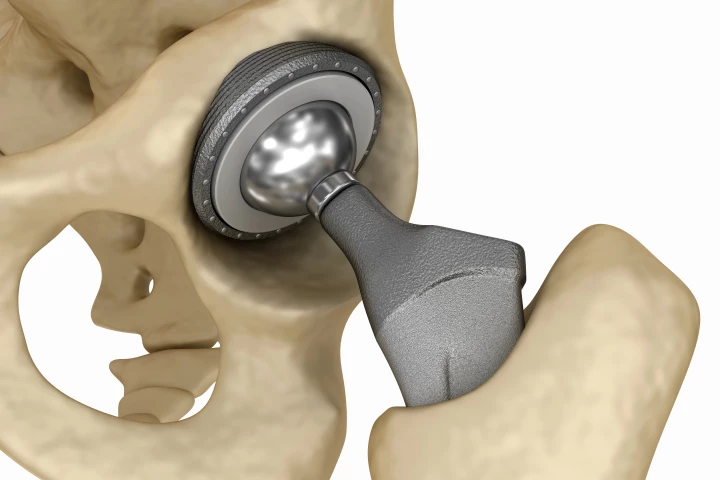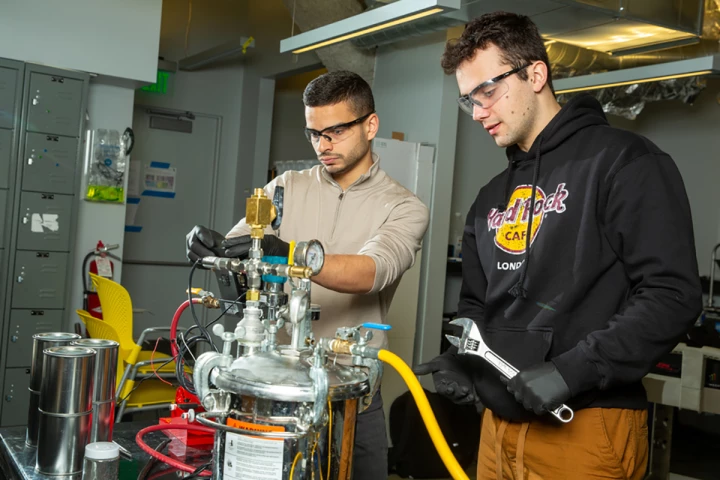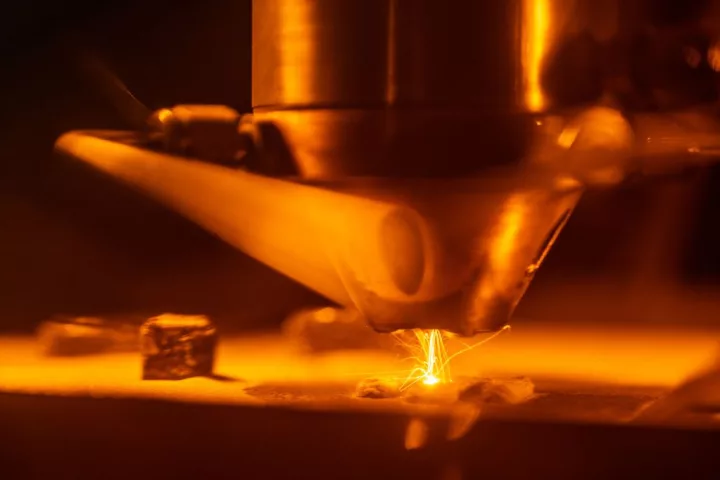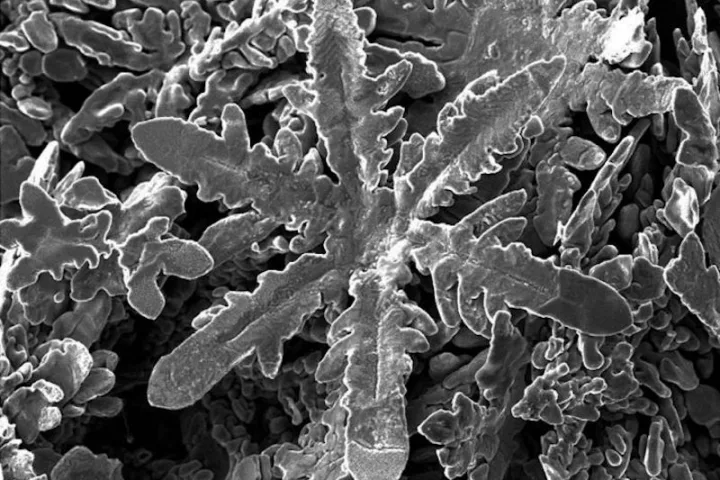Alloy
-
While titanium hip and knee implants do restore mobility to a great many people, they're still subject to failure. A new alloy could help change that, simply by adding a smidge of bendy, bacteria-killing gallium to the mix.
-
MIT scientists have discovered an intriguing new way to produce hydrogen fuel, using just soda cans, seawater and coffee grounds. The team says the chemical reaction could power engines or fuel cells in marine vehicles that suck in seawater.
-
While titanium implants such as artificial hips can greatly improve patients' lives, they're also subject to serious bacterial infections. An experimental new antibacterial titanium alloy, however, could make such problems a thing of the past.
-
Researchers have alloyed arsenic with phosphorus to create single-atom-thick ribbons that are highly conductive, making them ideal candidates for use in next-generation batteries, solar cells and quantum computers.
-
Strength and flexibility are two opposites that usually need to be balanced in steel. But now engineers at Purdue University and Sandia Labs have developed a new treatment that can be applied to steel alloys to boost both strength and ductility.
-
Researchers have used a novel 3D printing technique to create a new superalloy with "previously unobtainable combinations of high strength, low weight and high-temperature resiliency" – and they say the implications in aerospace and energy are huge.
-
Researchers in New Zealand and Australia have grown tiny metal snowflakes, cubes, rods and other shapes. The nanocrystals form like snow out of a liquid metal, demonstrated an intriguing new potential method for manufacturing nanoscale structures.
-
A simple alloy has claimed the crown for toughest material ever recorded. A team led by Berkeley Lab discovered not only its incredible toughness, but high strength and ductility that improve in colder temperatures, unlike most known materials.
-
Scientists experimenting with the makeup of next-gen metals have developed a novel, copper-based alloy they say would be simple to produce at scale, and boasts unparalleled elasticity at room temperature.
-
Engineers have developed a new 3D-printed titanium alloy with a unique microstructure that makes it ultra-strong. Not only is it stronger than other forms of titanium, but it has the highest strength-to-weight ratio of any 3D-printed metal ever made.
-
With new manufacturing techniques comes the opportunity for new metal alloys with a range of possible properties. A team of researchers has now developed a new 3D-printable alloy with a specific nanostructure that makes it ultra strong and ductile.
-
Scientists experimenting with the makeup of metal alloys used for medical implants have made a significant breakthrough, resulting in a biomaterial with the flexibility and wear resistance needed for long-term stints in the human body.
Load More











